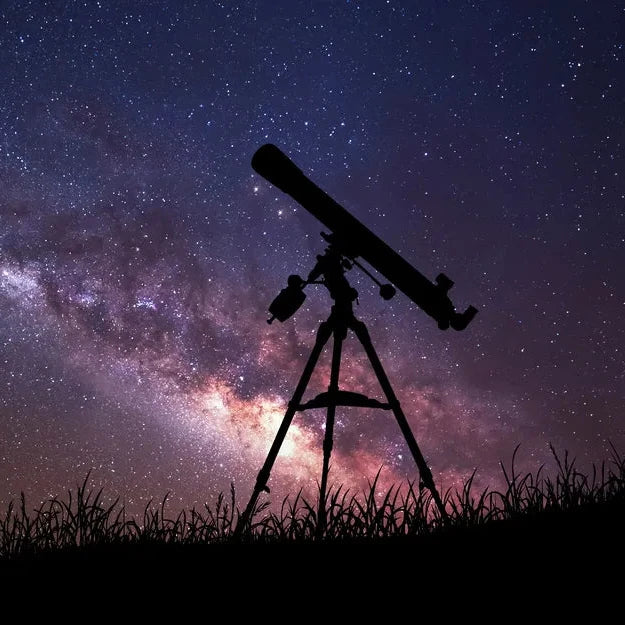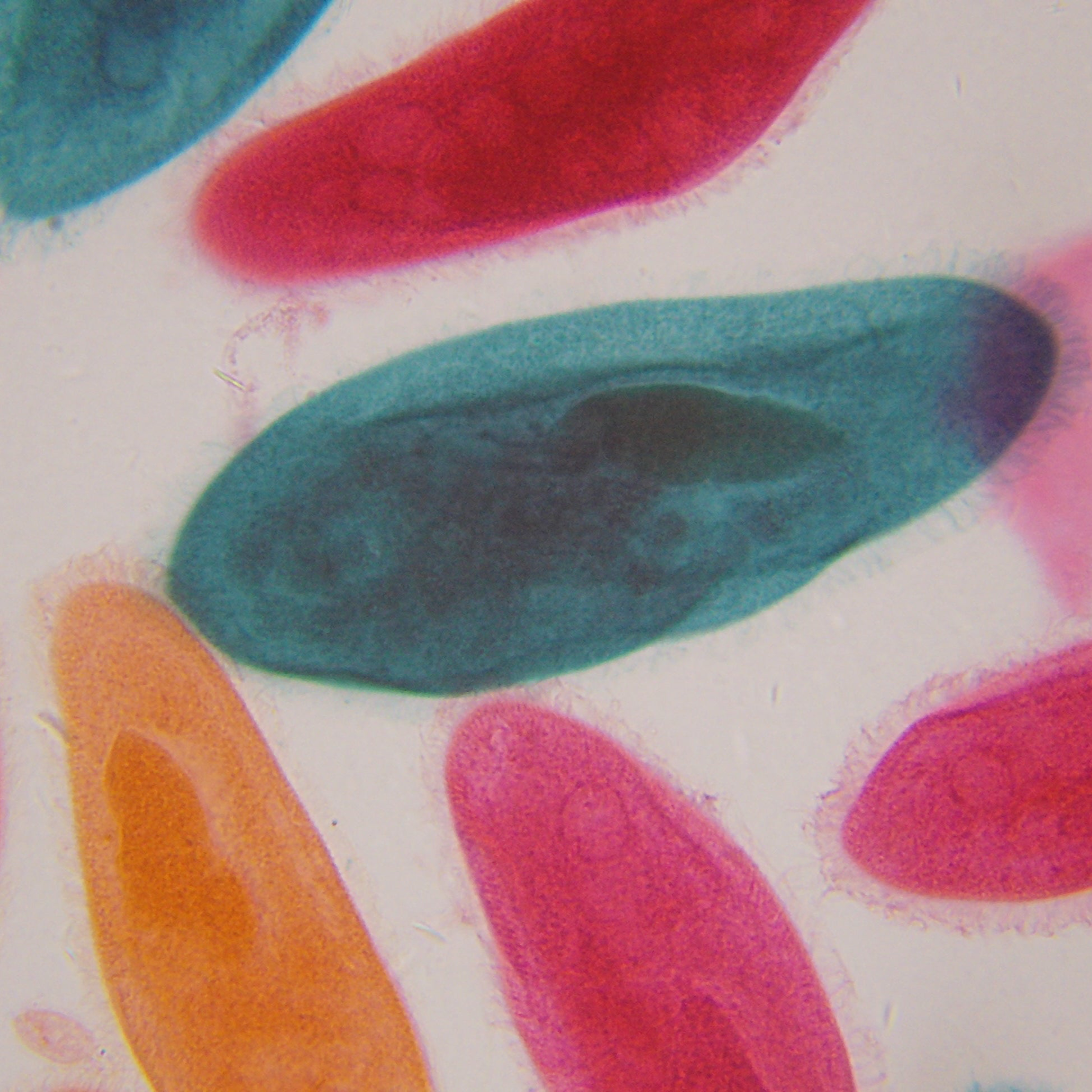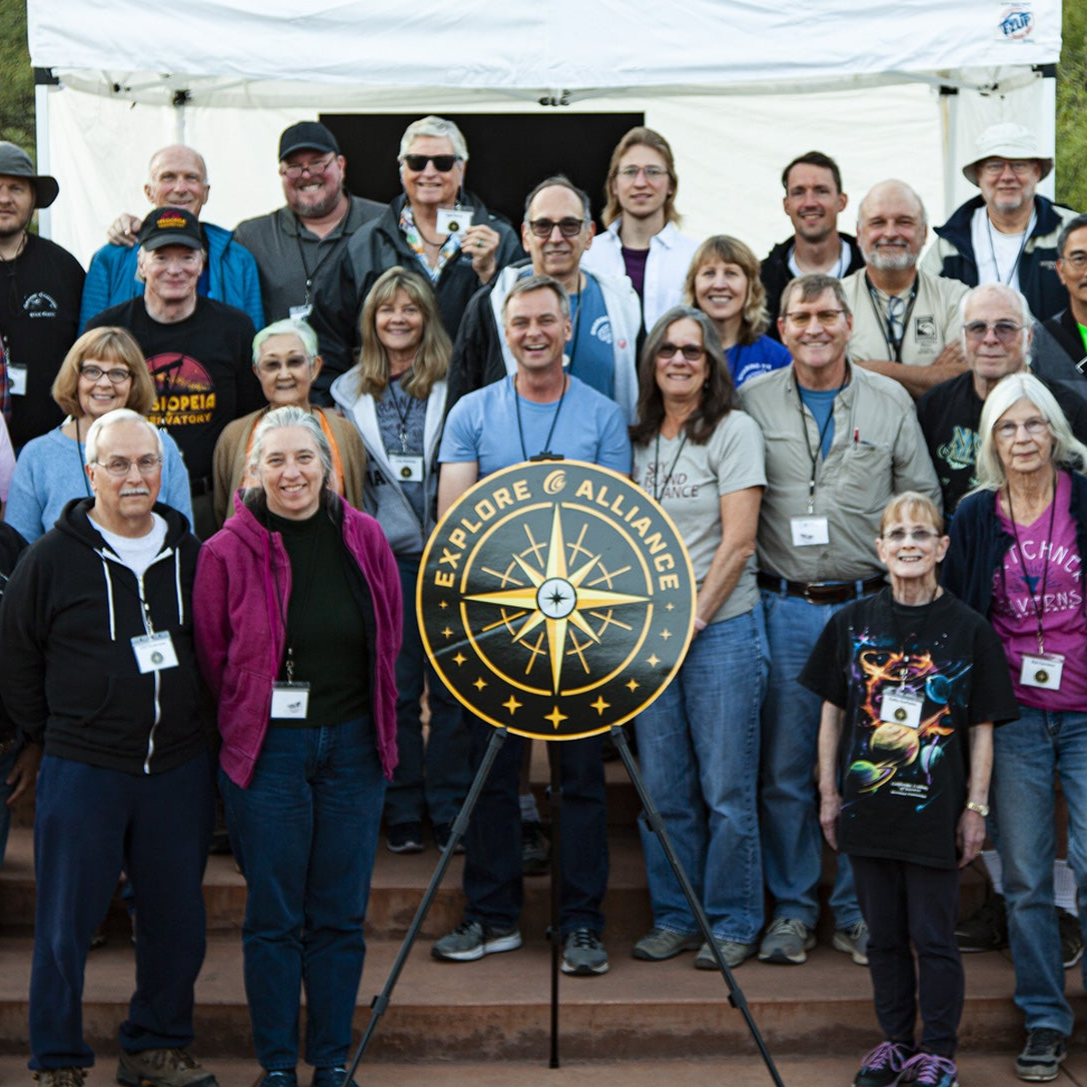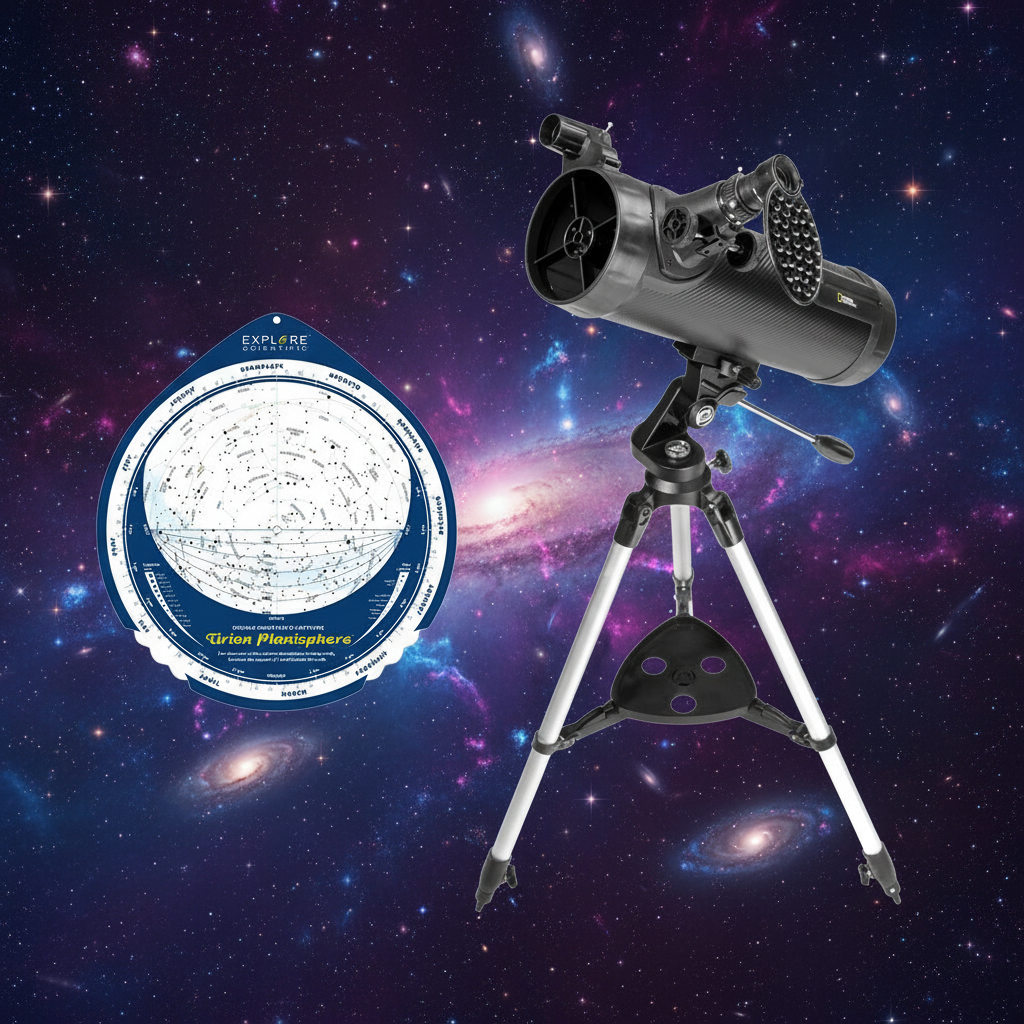MARS
The Red Planet in History
The planet Mars has long evoked visions of blood and war as it orbits the sun just beyond the earth in our solar system. Mars is named after the Roman God of War (son of Jupiter, the king of the gods, and Hera his wife) and in Greek known as Ares. Ancient astronomers gazed upon this brilliant Red Star in the sky and attributed great victories in battle and calamities to this “blood-colored star in the heavens.” the planet Mars has been known by many names including Al-Qahira (Arabic), Bahram (Persian), Harmakhis (Ancient Egyptian), Huo Hsing (Chinese), Ma’adim (Hebrew), and Nirgal (Babylonian). Tiu is the name of Mars in in Old English (Western German) and also the root word for Tuesday (as Martes is also Tuesday and the name of Mars in Spanish).

Mars (Fourth planet from the Sun)
The planet Mars orbits the sun at an average distance of approximately 142 million miles (or 228 million kilometers). This distance is approximately 1.52 times the distance of the earth from the sun also known as an astronomical unit (AU: one astronomical unit is equal to approximately 93 million miles or 150 million kilometers). Mars orbits the sun in a period of 687 days (1.88 years), also known as the sidereal period. The synodic period (Time required for a celestial object to return to the same position in the sky in relation to another celestial body) for the planet Mars is 780 days, or approximately 2.1 years (two years and two months), at which time the planet is at opposition. The opposition of a superior planet (a planet that orbits the sun outside the earth’s orbit) occurs when it is directly opposite (180 degrees) the sun is visible from the earth. The planet earth and Mars or are at their closest distance during an opposition.
The Martian seasons are longer than the Earths (365.25 days or 1 Earth year) as it is an outer planet and orbits the Sun in a period of 687 days (1.88 years). The seasons on Mars are irregular in length and the longest season is Northern Martian Spring (194 Sols (1 Sol equals 24 hours 37 minutes 22.7 seconds) and the shortest season is Northern Martian Autumn (143 Sols). In describing the Martian seasons planetary scientists use the term Ls (or Longitude of the Sun along Mars’ ecliptic) in which Ls 00 = Northern Martian Spring, Ls 900 = Northern Martian Summer, Ls 1800 = Northern Martian Autumn, and Ls 2700 = Northern Martian Winter (opposite seasons for the Southern Hemisphere). The current Martian season is ~85 0 behind the season on Earth (e.g., Northern Spring on Earth equals Northern Martian Winter).
The Orbit of Mars

The planet Mars is the 4th planet from the sun. Mars orbits the sun at an average distance of 146 million miles 235,000,000 kilometers, 1.52 astronomical units (AU, one astronomical unit equals approximately 93 million miles or 150 million kilometers).
The orbital period of Mars equals 687 days 1.88 years, or the sidereal period (orbital period of a celestial body required to return to the same point among the stars). The synodic period of the planet Mars is equal to 780 days (or 2.1 years) Which is the time required for a celestial body to return to a position in relation to another celestial body, or the time required between successive oppositions of the planet.
The diameter of Mars is equal to 4221 miles (6792 kilometers, or 53% the Earth's diameter). The rotation period of Mars is equal to 24 hours 37 minutes 22.7 seconds (or 1.03 days, also known as a Sol). The axial tilt of Mars is 25.2 degrees compared to the Earth's axial tilt of 23.5 degrees. The mean surface pressure on the planet Mars is 600 pascals (Pa, or 0.087 PSI). This ranges from 30 pascals (0.0044 PSI) and the Olympus Mons to 1155 pascals (0.1675 PSI in Hellas Planitia).
The main surface pressure of Mars is therefore 0.6% that of the earth's (101.3 kilopascals or 14.69 PSI). The surface gravity of Mars is 38% the earths. The atmosphere of Mars is composed primarily of carbon dioxide (96%, CO2), argon (1.93%, Ar), nitrogen (1.89%, N2), oxygen (0.146%, O2), and water vapor (0.021%, H2O).
The Moons of Mars
Mars has two satellites named Phobos (“Fear” in Greek) is the inner potato-shaped moon (mean radius of 7 miles (11 km)) of Mars that orbits the red planet at an average distance of 3,700 miles (6,000 km) from the Martian surface. It orbits Mars in a period of 7 hours 39 minutes and appears to rise in the west and move across the Martian sky in 4 hours 15 minutes or less, and set in the east, twice each Martian day.
Deimos (“Terror” in Greek) is the outer moon (mean radius of 3.9 miles (6.2 km)) that orbits Mars at 14,580 miles (23,460 km) in a period of 30.3 hours rising in the east and setting in the west. Since its period is longer than the Martian day (24.7 hours (1 Sol)) an observer on the Martian equator would see it rise and set after ~2.5 days.
Both Martian moons were discovered by the American astronomer Asaph Hall, III (1829-1907) at the United States Naval Observatory in Washington, D.C. in 1877 (August 12 for Deimos and August 18 for Phobos).

- Mars
- Oppositions of Mars
- Mars in Retrograde
- Weather on Mars
- Observing Mars With a Telescope
- Learning to Draw Mars Albedo Features
About the author:
 Ambassador Carlos Hernandez has contributed his planetary observations to worldwide organizations including The Association of Lunar and Planetary Observers (ALPO, United States), British Astronomical Association (BAA, Great Britain), Oriental Astronomical Association (OAA, Japan), and many other excellent planetary amateur astronomer groups over many decades.
Ambassador Carlos Hernandez has contributed his planetary observations to worldwide organizations including The Association of Lunar and Planetary Observers (ALPO, United States), British Astronomical Association (BAA, Great Britain), Oriental Astronomical Association (OAA, Japan), and many other excellent planetary amateur astronomer groups over many decades.











